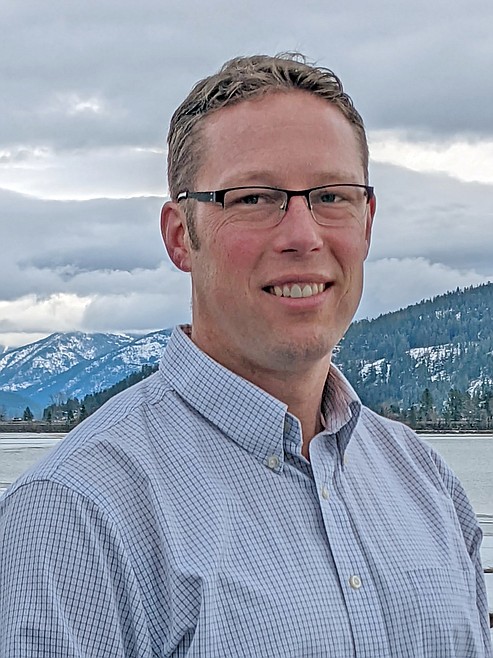Local government and county residents
What exactly is local government?
Local government is any entity that has the statutory authority or jurisdiction to deliver services, enforce the law, and collect taxes. When Idaho became a state in 1890, the several counties that existed became legal subdivisions of the new state. County government’s authority comes directly from the Idaho Constitution and state statute.
This is the second in a series of articles designed to inform and encourage participation in local Bonner County government. There are three ambulance districts, one cemetery district, 13 fire districts, five highway districts, three hospital districts, five library districts, one recreational district, three school districts, seven sewer districts, four water districts, 11 water/sewer districts, six urban renewal districts, and nine incorporated areas (cities) within Bonner County for a total of 72 taxing districts. Check it out yourself by visiting bonnercountyid.gov and going to our GIS department and start playing with the interactive map.
All Idahoans live in a county, but you may or may not reside in some of these other taxing districts. The authority for all local taxing districts begins with the United States Constitution, followed by the state constitutions such as Idaho’s. (The Idaho Constitution begins with, “We, the people of the State of Idaho, grateful to Almighty God for our freedom, to secure its blessings and promote our common welfare do establish this Constitution.”)
Each of these different taxing districts has elected representatives that determine how to best serve their lawful purposes.
The Idaho State Tax Commission informs taxpayers about their obligations so everyone can pay their fair share of taxes, and it must enforce Idaho’s laws to ensure the fairness of the tax system with those who don’t voluntarily comply. The state tax commission also ensures that local governments are abiding by state law in the assessment and collection of taxes for more information visit tax.idaho.gov.
State statute establishes the rules for the different taxing districts. Title 31 Chapter 20 Section 31-2001 enumerates the nine officers of a county in Idaho and they are a sheriff; a clerk of the district court, who shall be ex officio auditor and recorder, and ex officio clerk of the board of county commissioners; an assessor; a prosecuting attorney; a county treasurer, who shall be ex officio public administrator and ex officio tax collector; a coroner; and three members of the board of county commissioners. All seven offices have distinct statutory authority and jurisdiction.
County commissioners are unique in that we are the only elected officials that act as a legislative, executive, and quasi-judicial body. In a three-member board of commissioners, individually we have no authority but, as a body, we have a number of responsibilities and roles that are clearly outlined in state statute. Our legislative function is to write local ordinances and policies. Our executive function is that the board of county commissioners is the final budget authority for all county expenditures and is responsible for the supervision the safekeeping of public monies collected and/or spent by elected officials, boards, and commissions. The board of county commissioners is also legally responsible for the management of all county property. Finally, the board of county commissioners acts in a quasi-judicial capacity when acting as the Board of Equalization or hearing land use files.
Madison said it best: If men were angels, no government would be necessary. Your local elected officials are here to deliver services, enforce the law, and collect the taxes that pay for roads, schools, the dump, the library, EMS, and much more.
If you want to know why I made a decision reach out to me at luke.omodt@bonnercountyid.gov. If you would like me to come and speak to a group about county government, let’s make it happen. Get involved, attend a meeting, and bring a friend; Bonner County is home.

